"Valentineуs board packs more tonal treats than one might expect from a pop act like Maroon 5. Valentineуs setup includes a Line 6 DL4 Delay Modeler, a Boss FV-500H Volume Pedal, a Dunlop Rotovibe, a Fulltone Full-Drive 2, a Dunlop Zakk Wylde Signature wah, a Fulltone Octvafuzz, a Keeley Katana Clean Boost, a Keeley True Bypass Looper, Providence Anadime Chorus 2, an EHX Micro POG 2, a Z.Vez Effects Octane 3, a Fulltone OCD, a Menatone Blue Collar Overdrive, and a Boss NS-2 Noise Suppressor. For switchers and power supplies, Valentine has a Divided by 13 Switchazel, a Keeley Framptone A/B Amp Switcher, and three Voodoo Lab Pedal Power 2 Plus boxes. Off the stage, Valentineуs tech Mike Buffa has an Ernie Ball Volume pedal that he controls to blend the mixture between Valentineуs two amp setup that includes a Matchless Independence 35 and a Divided by 13 RSA 23."
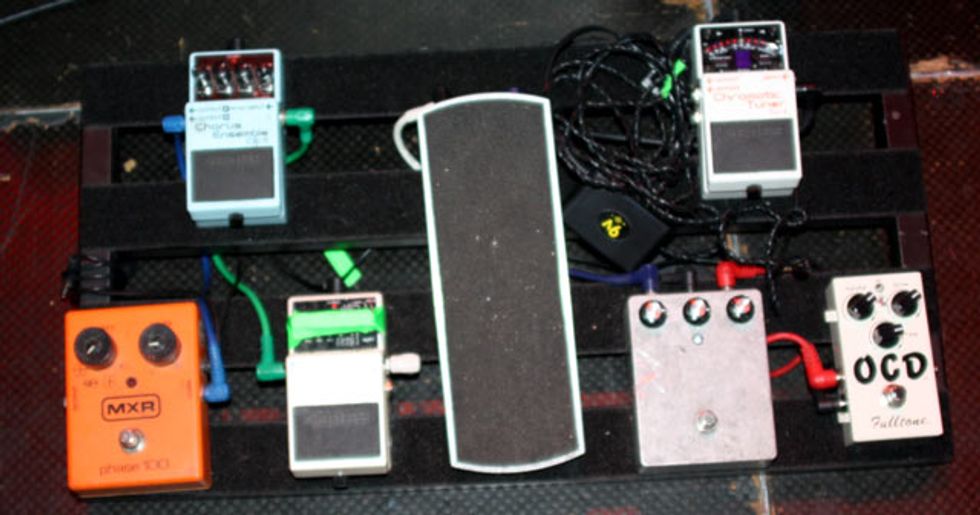
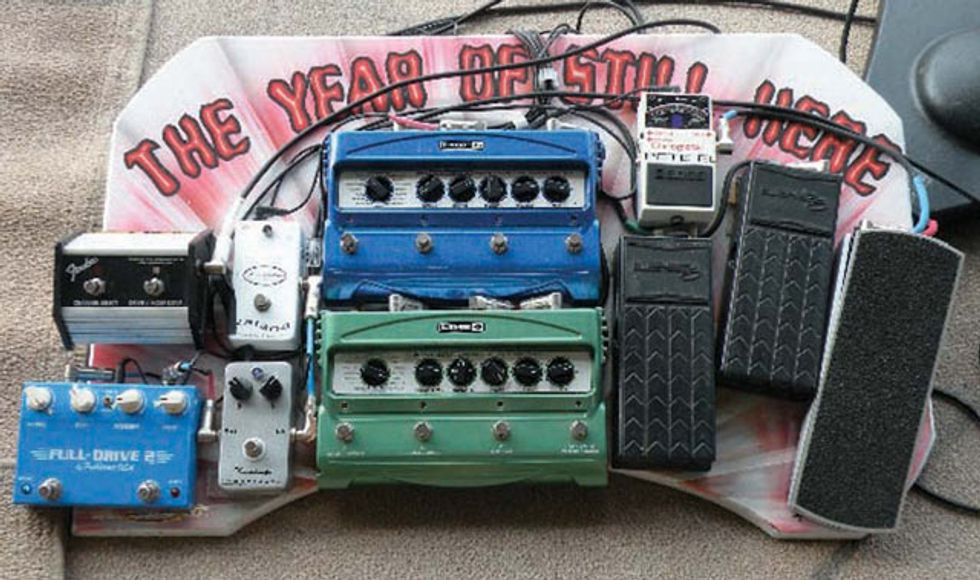
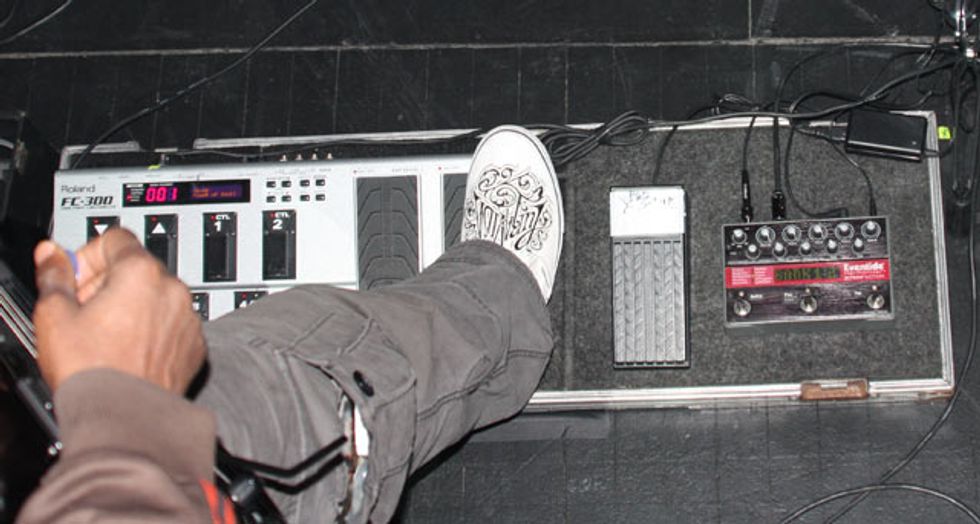
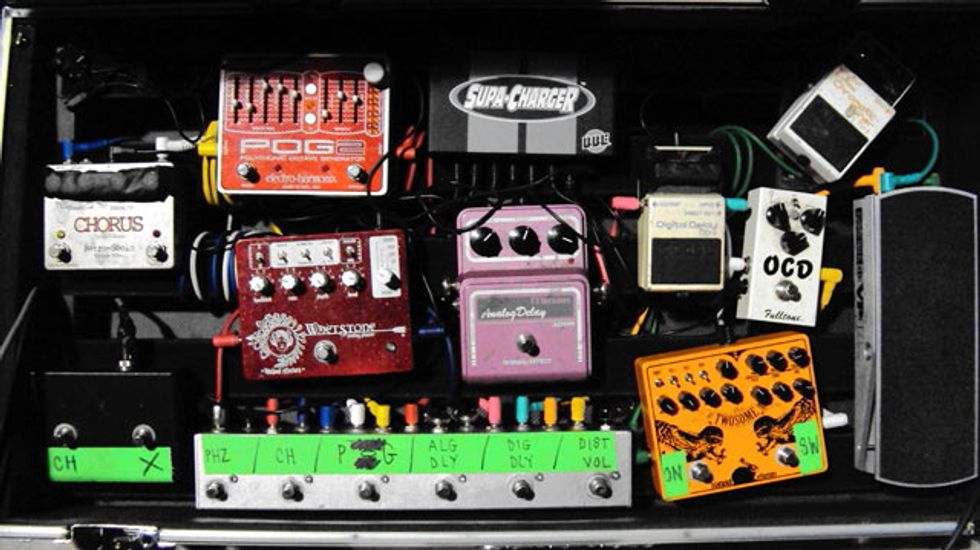
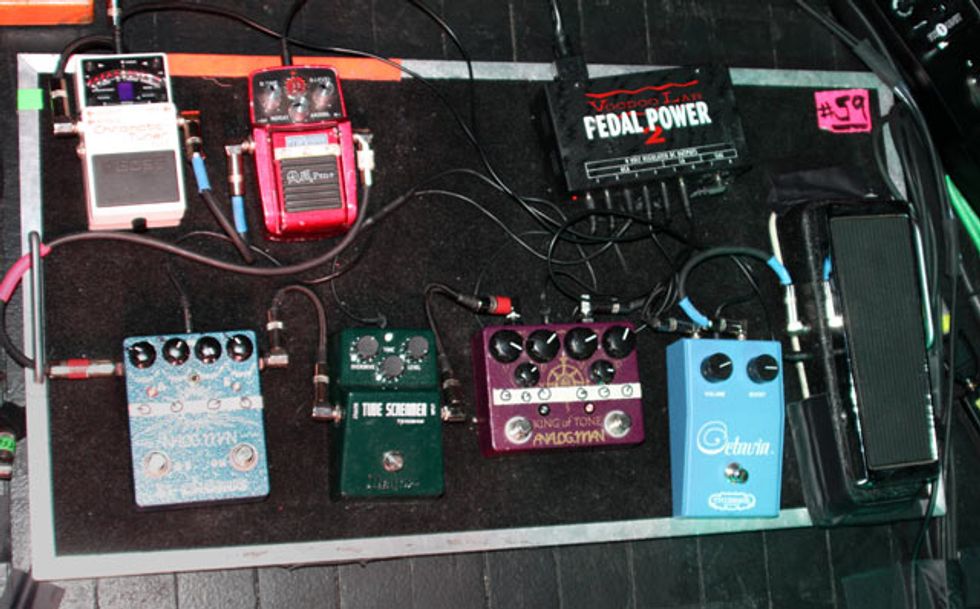
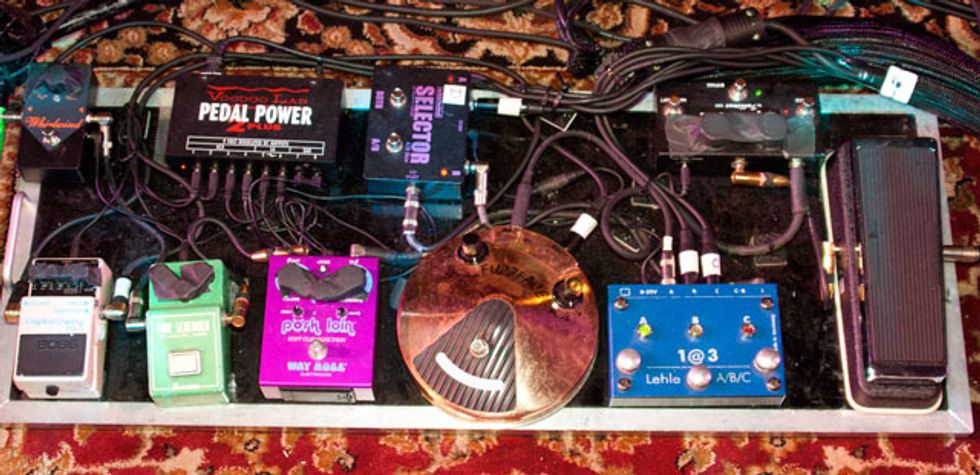
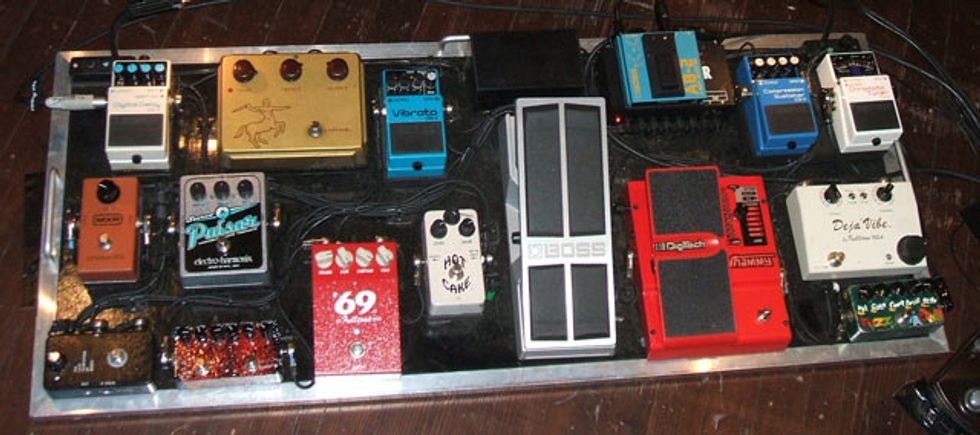

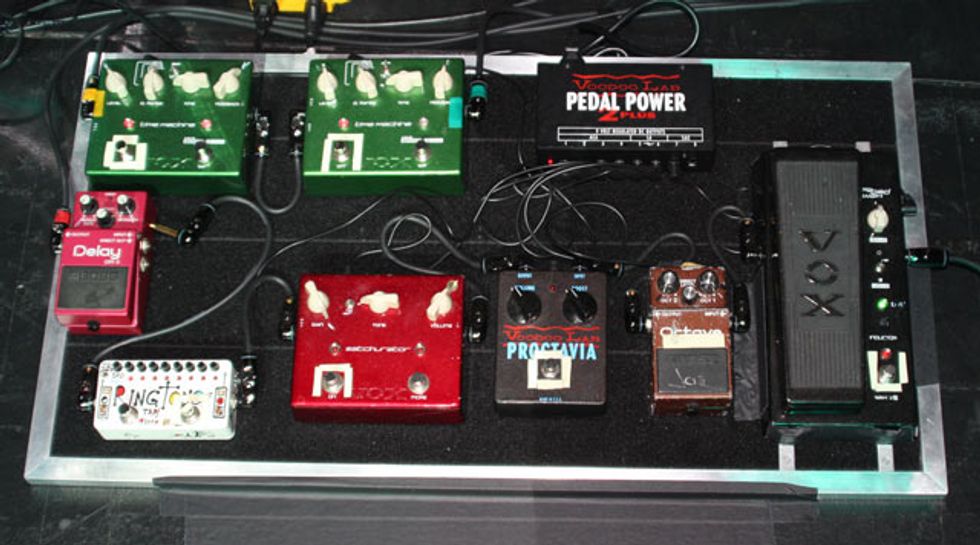
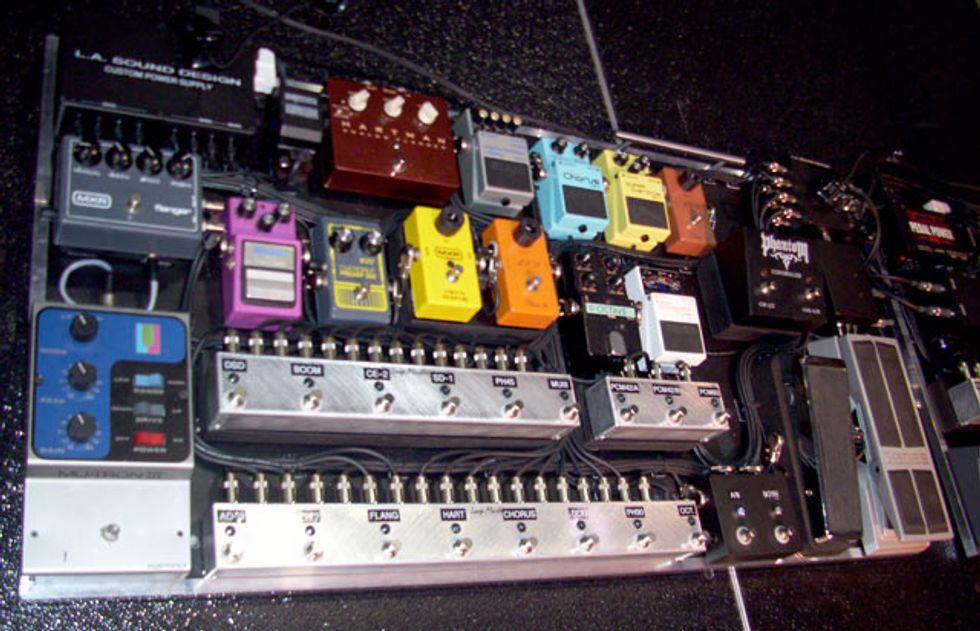
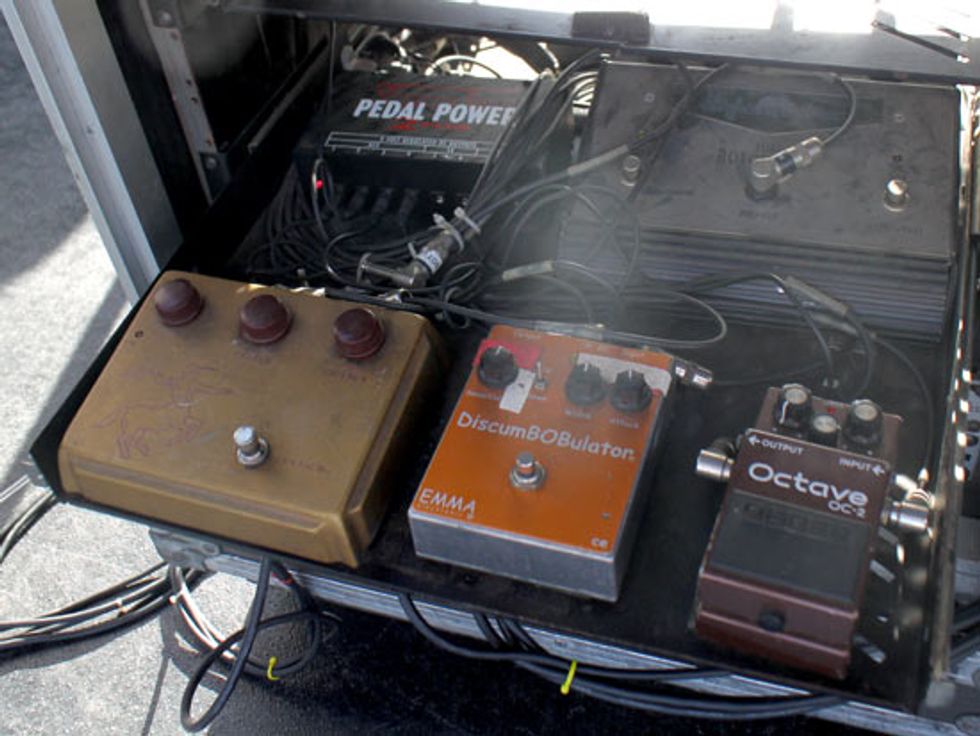
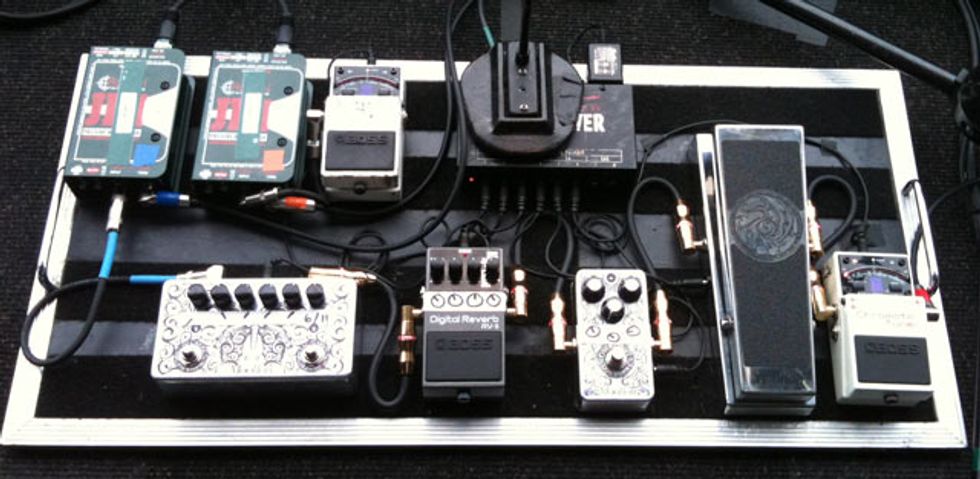
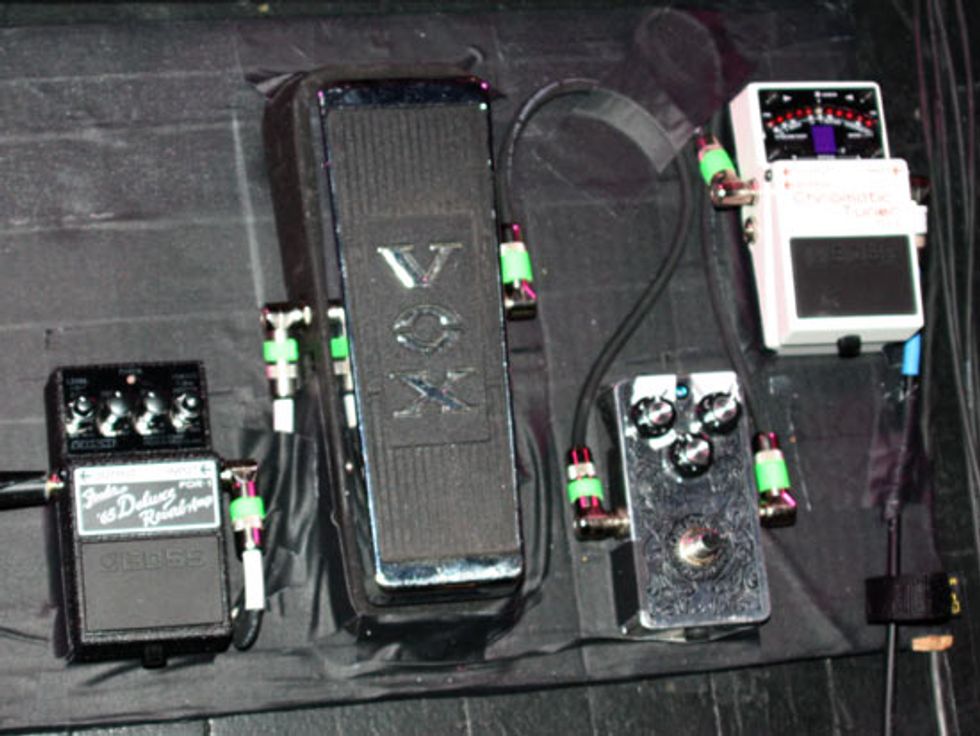
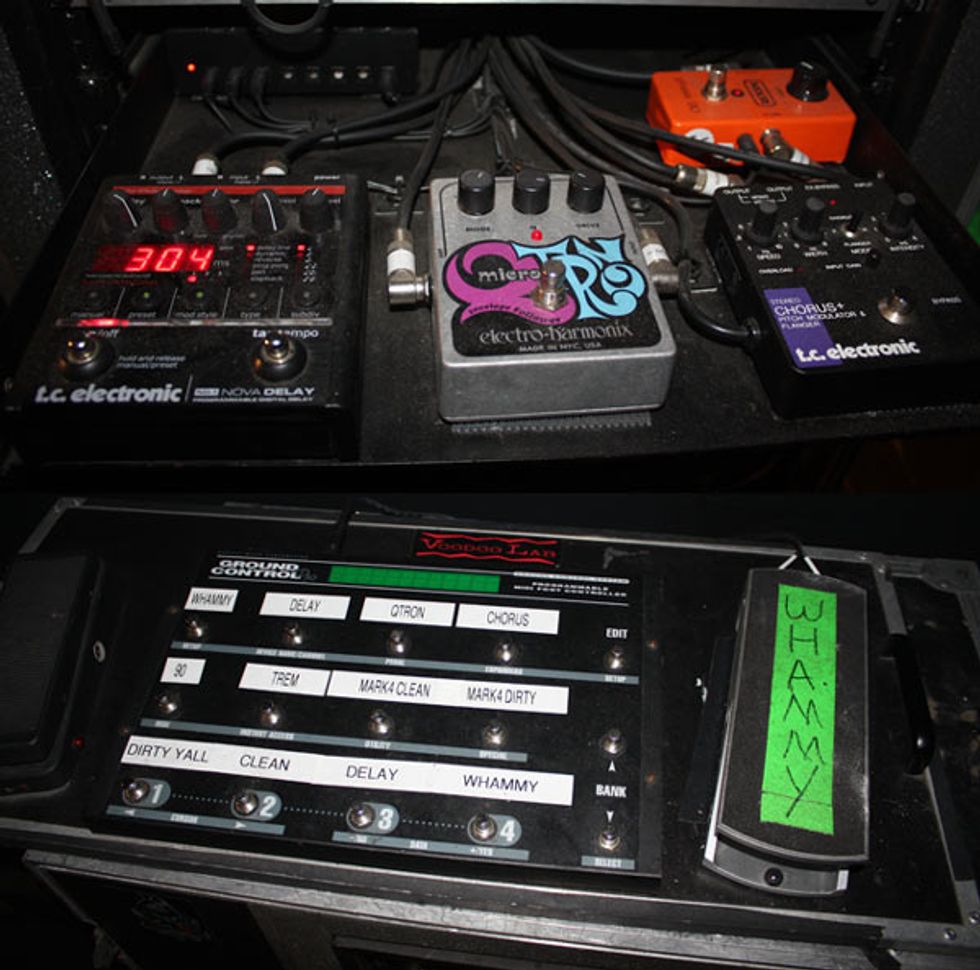
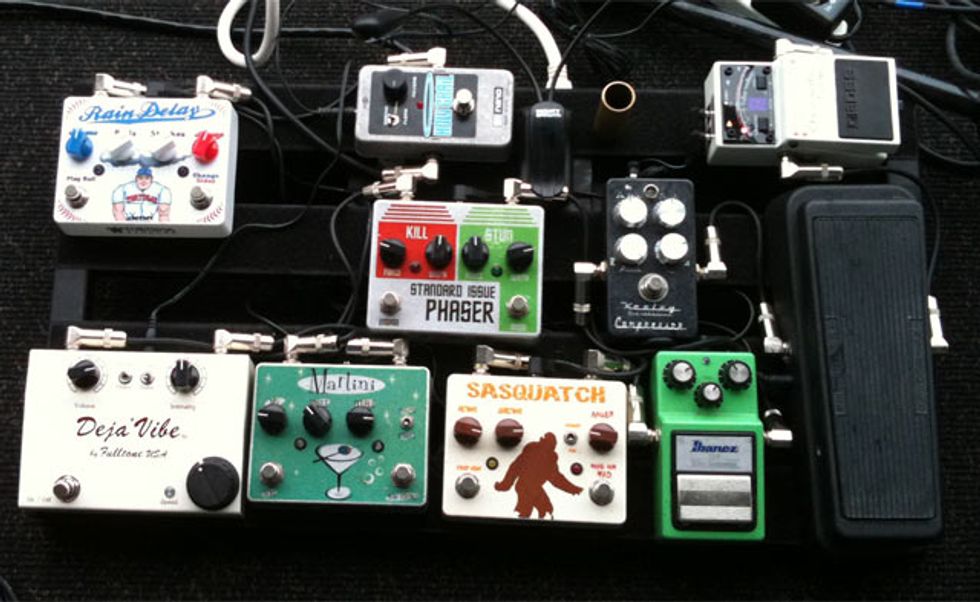
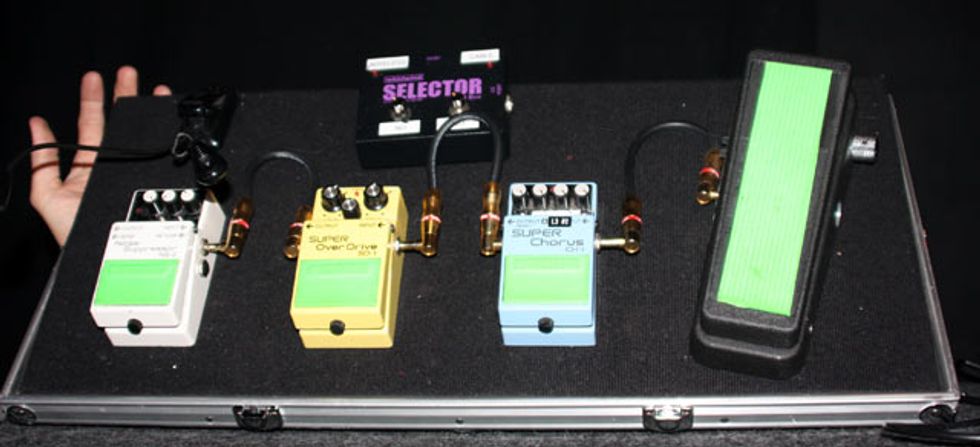

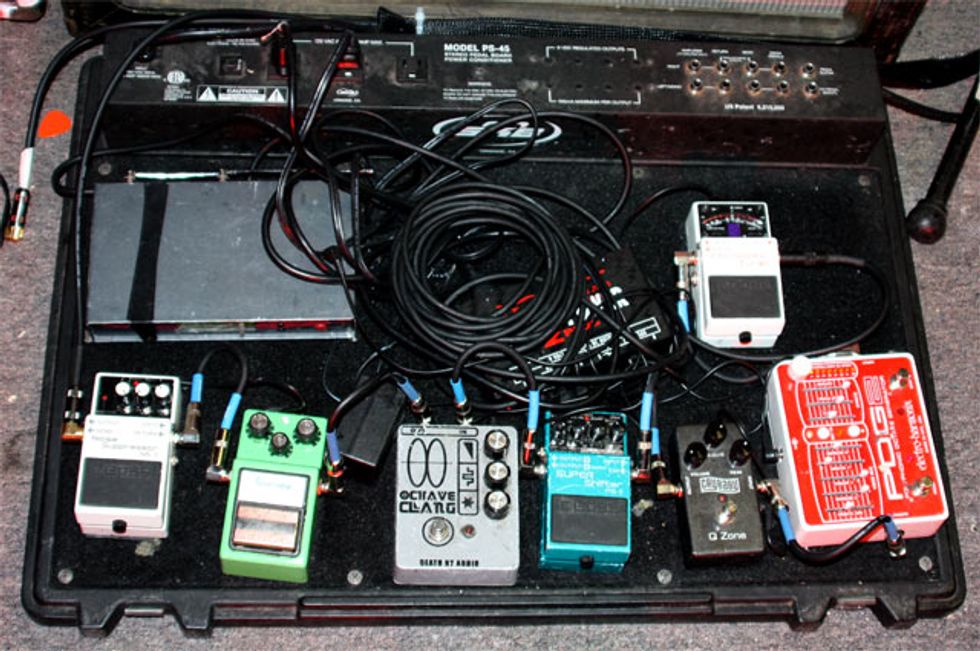
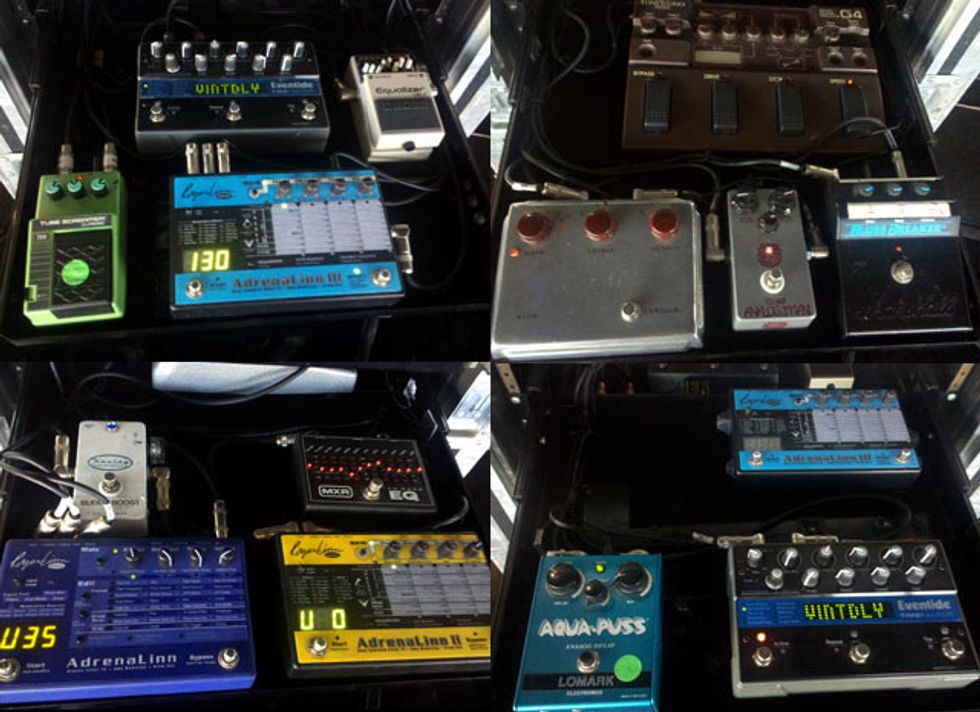
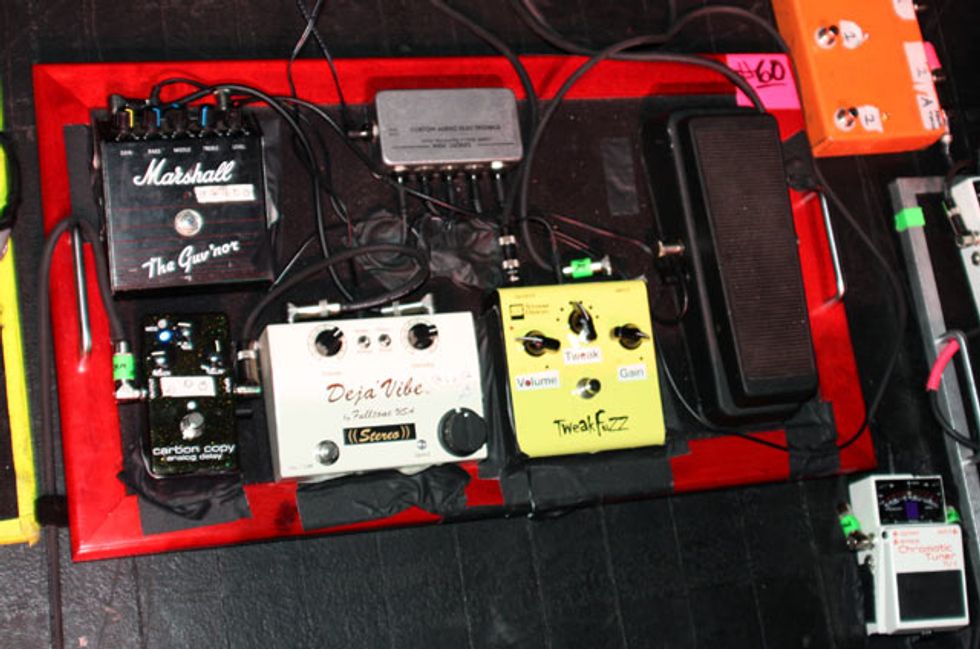
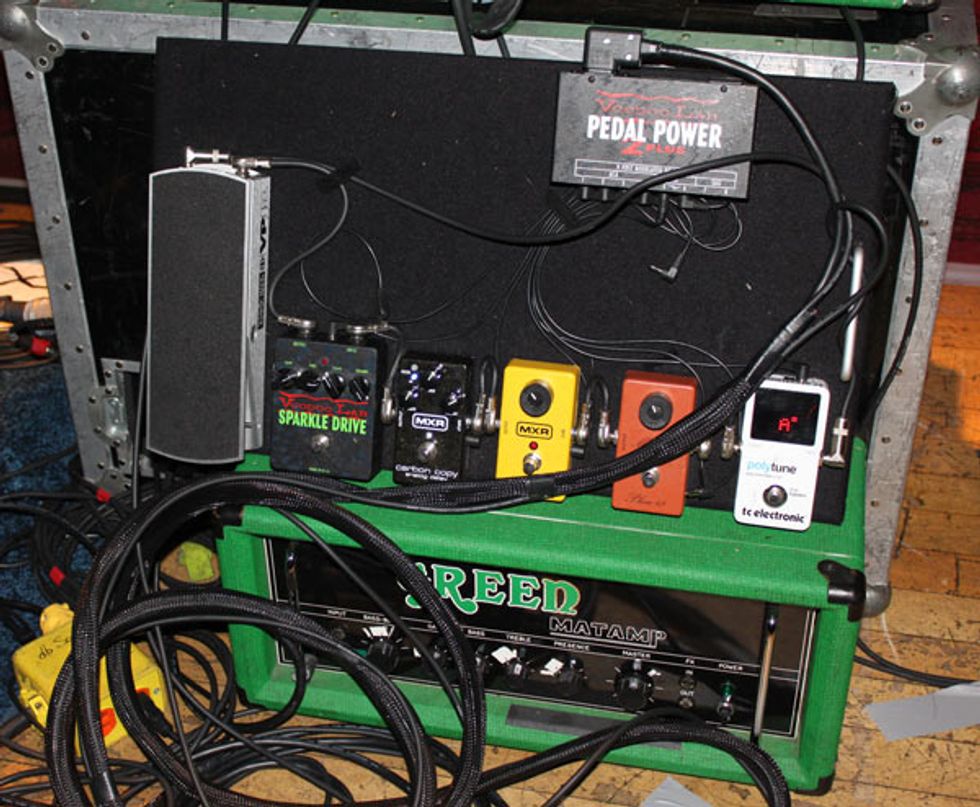
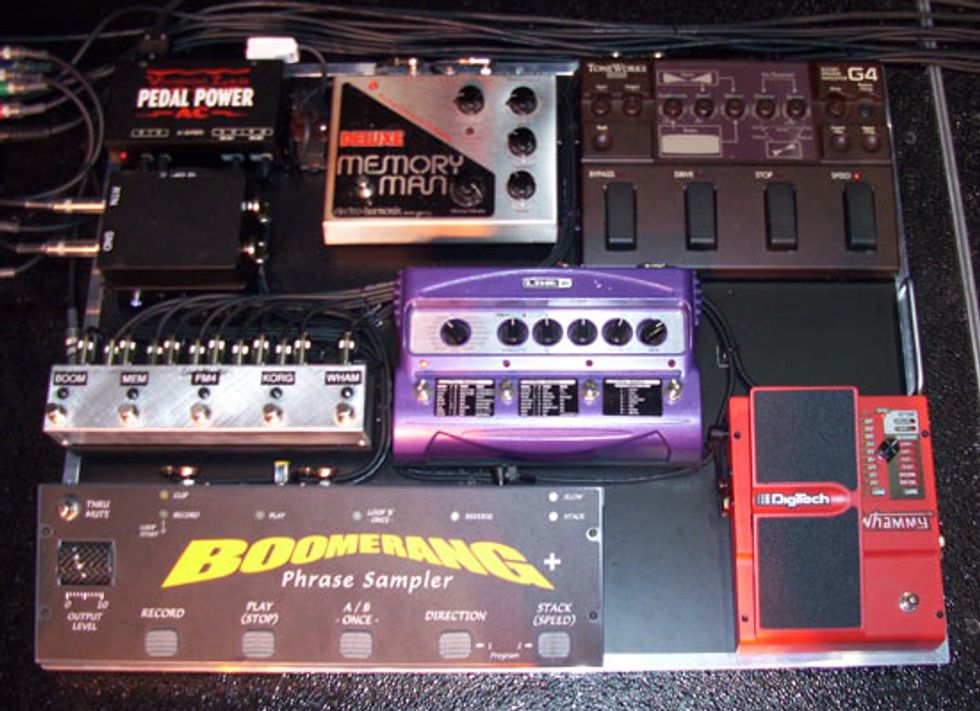
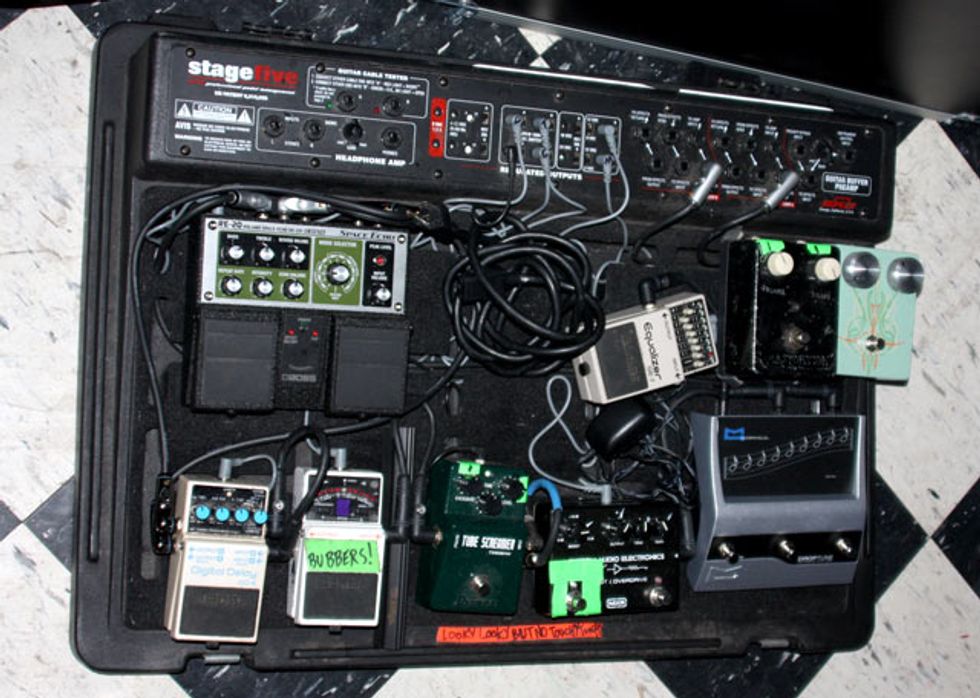
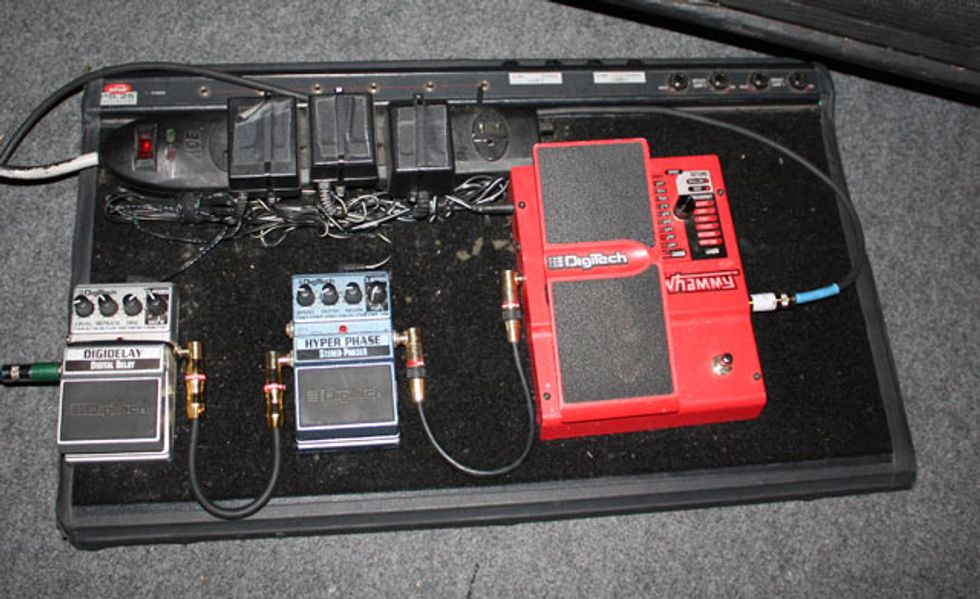
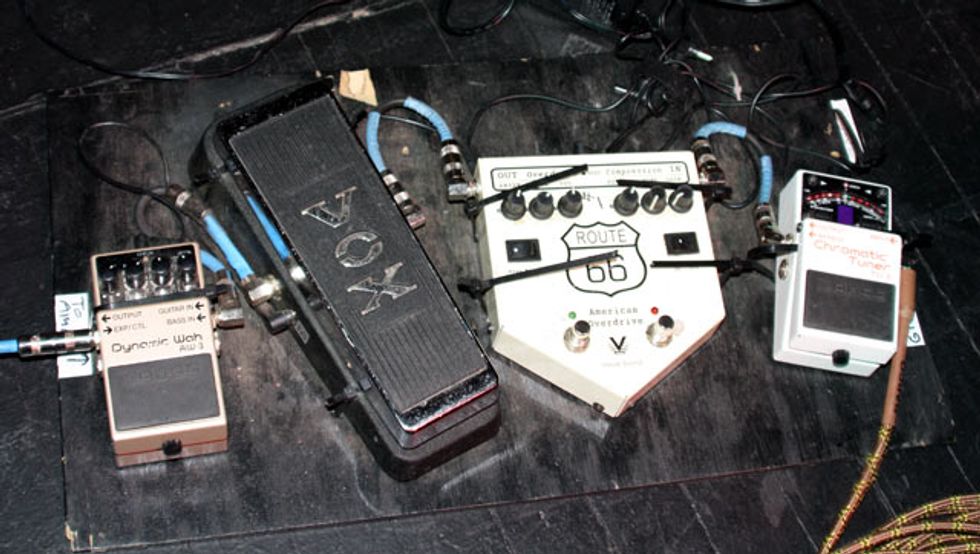
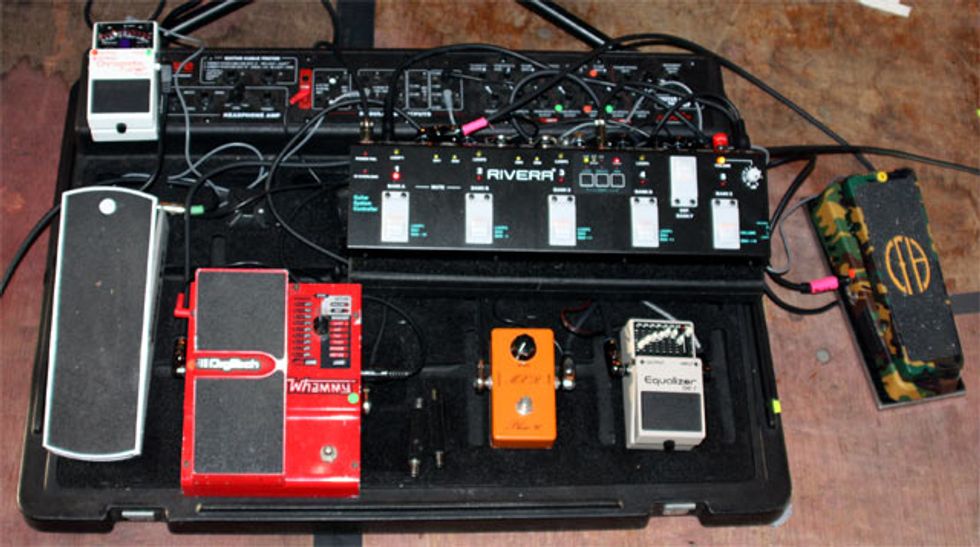
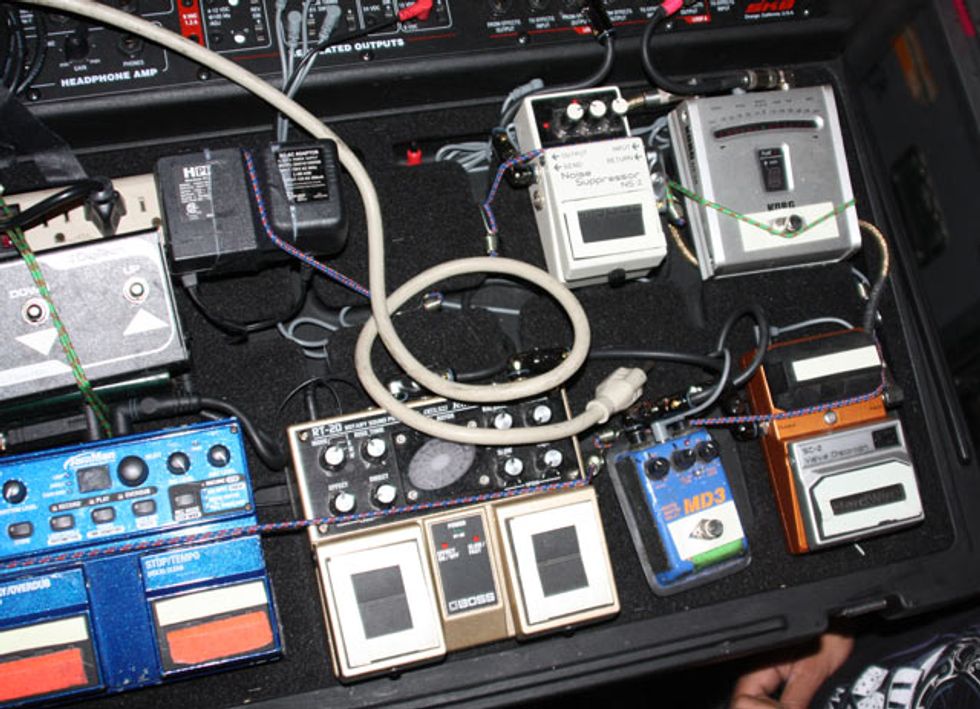
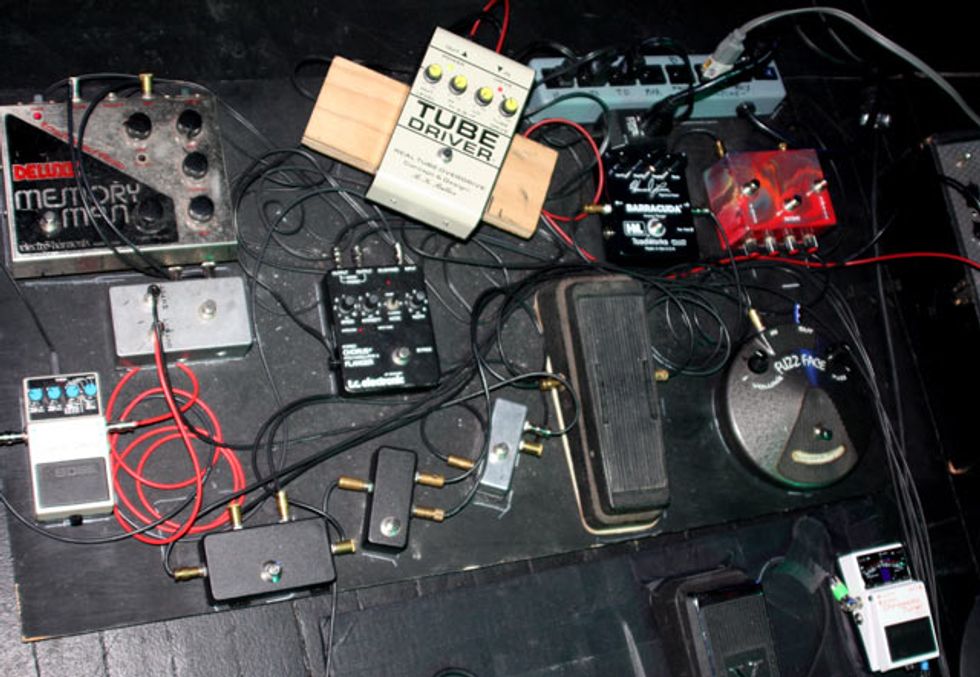
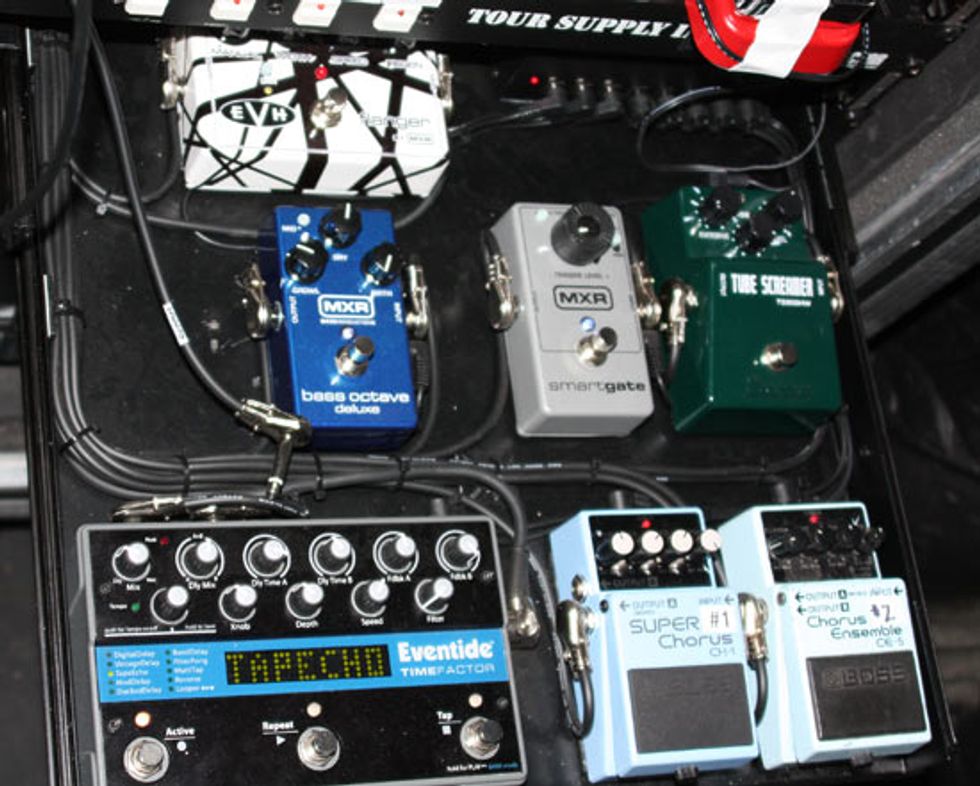

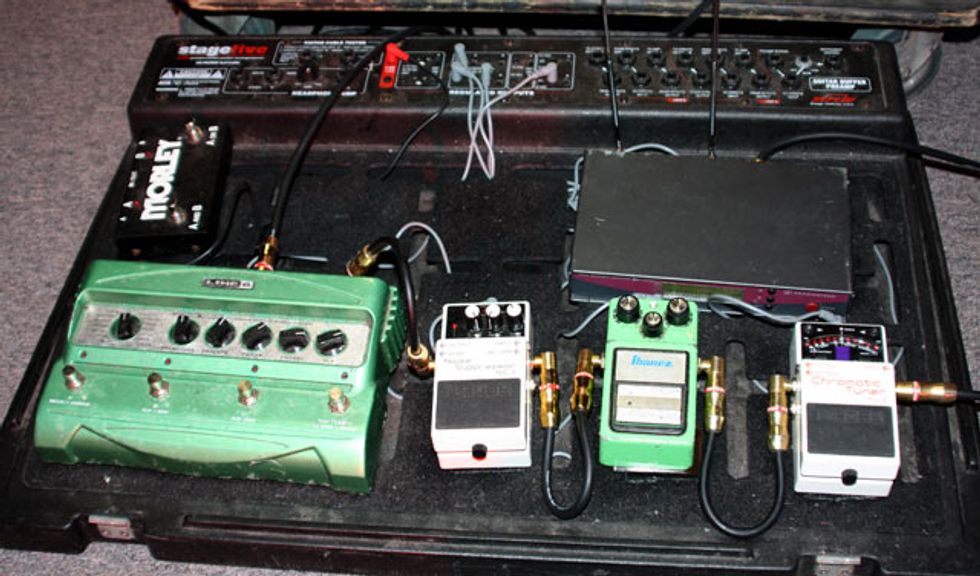
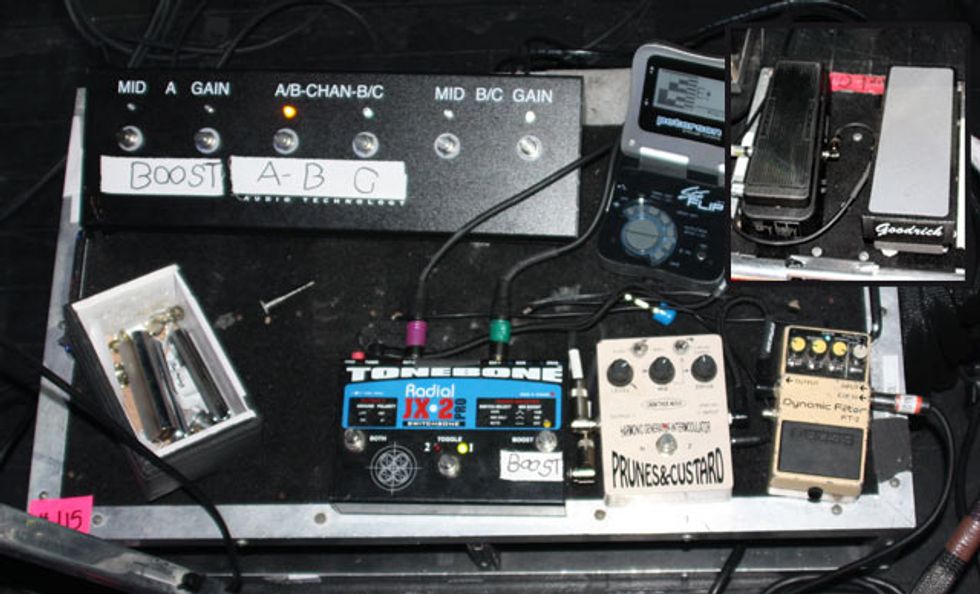
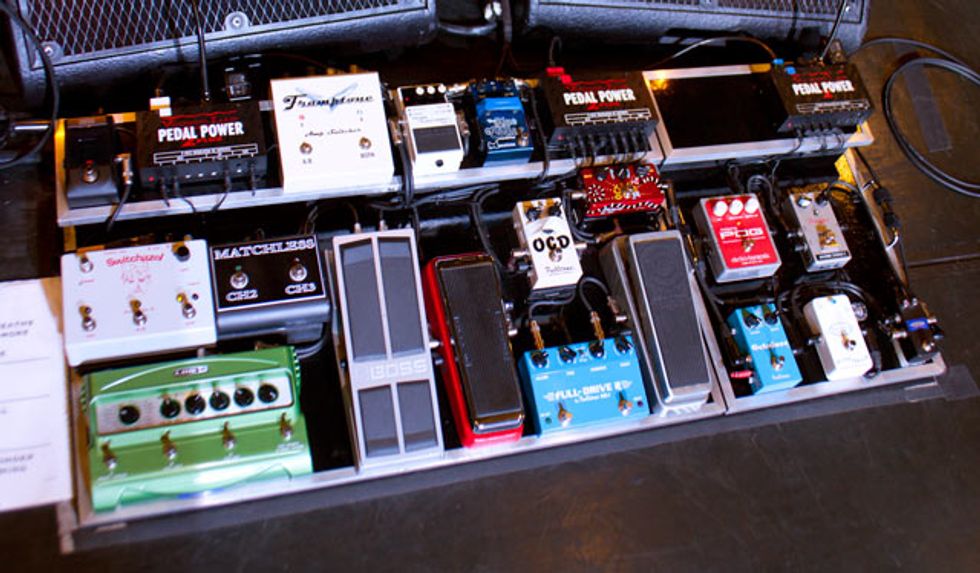

photos by Chris Kies





![Devon Eisenbarger [Katy Perry] Rig Rundown](https://www.premierguitar.com/media-library/youtube.jpg?id=61774583&width=1245&height=700&quality=70&coordinates=0%2C0%2C0%2C0)













 Zach loves his Sovtek Mig 60 head, which he plays through a cab he built himself at a pipe-organ shop in Denver. Every glue joint is lined with thin leather for maximum air tightness, and it’s stocked with Celestion G12M Greenback speakers.
Zach loves his Sovtek Mig 60 head, which he plays through a cab he built himself at a pipe-organ shop in Denver. Every glue joint is lined with thin leather for maximum air tightness, and it’s stocked with Celestion G12M Greenback speakers.









